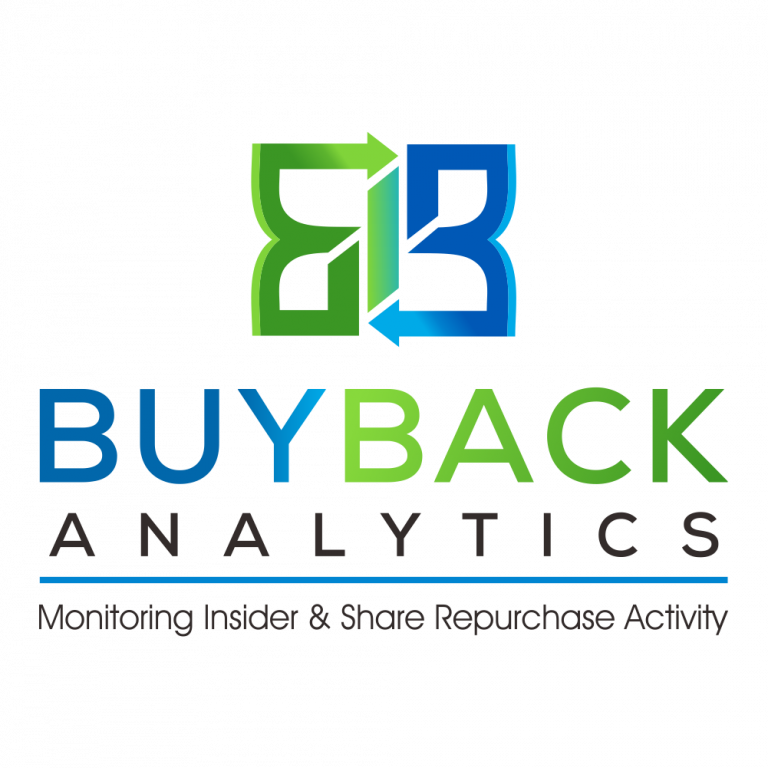Are We in an AI Bubble? What Investors Need to Know
AI stocks are driving headlines and fueling rallies—but are we seeing sustainable growth, or just another
market bubble in the making?
From ChatGPT to chipmakers, artificial intelligence is reshaping industries and investor portfolios. But when enthusiasm turns into hype, valuations can run ahead of reality. Let’s break down the signs of a bubble, what’s different this time, and how investors can position themselves wisely.
What Defines a Market Bubble?
A bubble forms when:
- Prices detach from fundamentals (valuations climb faster than earnings or cash flow).
- Speculation drives momentum (investors pile in because “everyone else is”).
- Excess liquidity fuels risk-taking (think of dot-com stocks in the late ’90s).
- Narratives outweigh evidence (“AI will change everything tomorrow” vs. measured adoption curves).
Sound familiar? Some parallels with past bubbles exist, but AI isn’t a carbon copy of dot-com.
Learn more about the AI Earnings Season: The Hidden Buyback Signals Smart Investors Watch For
Why the AI Boom Isn’t Popping (Yet)
Despite overheated headlines, there are reasons this rally hasn’t imploded:
- Real revenue growth: Companies like Nvidia, Microsoft, and AMD are already booking billions from AI-driven demand.
- Enterprise adoption: From cloud computing to healthcare and finance, AI applications are moving from labs into budgets.
- Long-term capital investment: Unlike meme stocks, AI growth is backed by infrastructure spending—data centers, chips, and enterprise software.
- Government and corporate buy-in: Reshoring incentives, national AI strategies, and corporate roadmaps are anchoring the trend.
This isn’t just speculation—it’s speculation built on actual cash flow.
Red Flags Investors Should Watch
Even with strong fundamentals, investors should stay alert to warning signs:
- Overconcentration: Portfolios heavy in “AI darlings” (NVDA, MSFT, META) are vulnerable to sharp corrections.
- Valuation multiples: Price-to-earnings ratios in AI leaders are stretched compared to historic norms.
- Hype-driven IPOs: Smaller AI firms may go public without proven revenue models.
- Tech whiplash: Breakthroughs can become obsolete quickly—today’s leader may be tomorrow’s laggard.
Where the Next Wave of Winners Could Emerge
If you’re worried about chasing overvalued mega-caps, look beyond the obvious:
- Semiconductors & hardware enablers – Not just Nvidia, but firms supplying equipment, cooling systems, and materials.
- Reshoring & infrastructure – Data centers, energy providers, and construction firms tied to U.S. AI build-outs.
- Enterprise AI adoption – Cloud providers and SaaS platforms integrating AI into workflows.
- Pick-and-shovel plays – Cybersecurity, storage, and analytics companies that keep AI running safely.
Bottom Line: How to Approach AI in Portfolios
- Stay diversified: Don’t bet everything on AI hype cycles.
- Look for buybacks and insider signals: Companies reinvesting in themselves often have stronger conviction.
- Focus on fundamentals: Revenue growth, free cash flow, and adoption rates matter more than press releases.
- Think long-term: AI is real, but adoption will be uneven—patience may pay.
We may be in the frothy early innings of an AI-driven cycle. The risk of corrections is real, but unlike past bubbles, AI’s underlying economics are more durable. Smart investors should keep a cool head, track fundamentals, and watch for corporate buyback activity that signals confidence beyond the hype.

